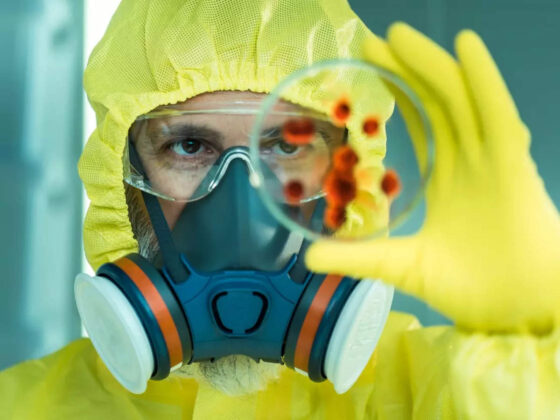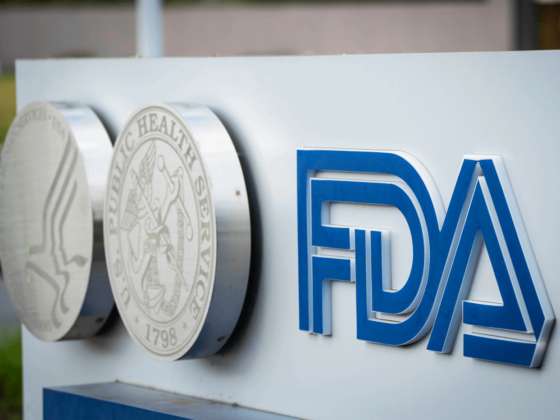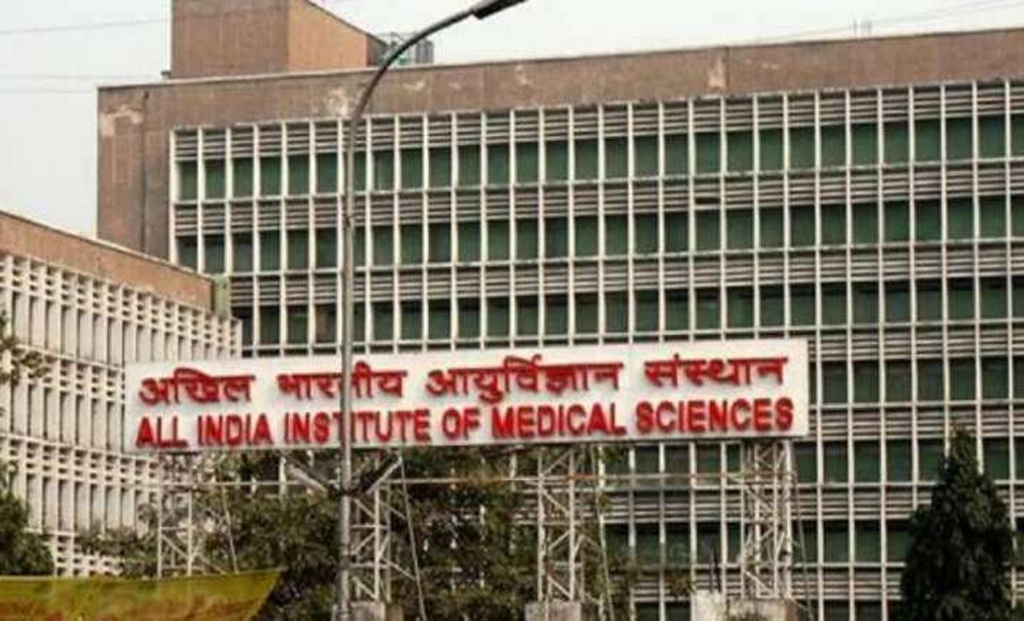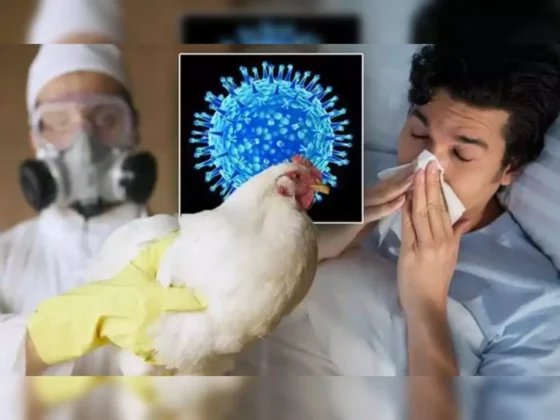High cholesterol, simply put, is a health annoyance that millions around the globe can’t shake off. It’s really important to know what it is all about, why it happens, the health complications that come with it and what can be done to deal with it. Also referred to as hypercholesterolemia, high cholesterol implies a surplus of cholesterol gushing through your blood. Cholesterol – a gooey, fat-like substance – is found in your body cells and certain foods too. Cholesterol isn’t all bad, your body needs it to create healthy cells. The problem comes in when you’ve got too much of it. This sets you up for heart disease and other significant health troubles.
What Is High Cholesterol? What Causes It?
A medley of reasons come into play causing high cholesterol. It could be your genes, your diet, how you live your life, or your existing health status. If you’re big on foods with loads of saturated and trans fats, don’t move around much, smoke like a chimney, are overweight, then you’re indirectly inviting high cholesterol. Certain health issues like diabetes and hypothyroidism don’t help either.
What Happens Inside You When Cholesterol Levels Are Too High?
The aftermath of high cholesterol isn’t pretty. Plaque, a hard substance, can build up in your arteries, causing a condition known as atherosclerosis. This makes it hard for blood to freely flow, enhancing the likelihood of a heart attack or stroke. More problems that could come up include peripheral artery disease, gallstones, and pancreatitis.
Yellow Eye Deposits
Have you noticed yellow deposits around your eyes? These are commonly seen signs of high cholesterol in the eyes. Known as xanthelasma, they appear mainly on the eyelids due to the build-up of fats. Recognizing them as a sign of possible high cholesterol levels could prompt you to seek further medical advice.
Arcus Senilis
Arcus senilis, displaying as a white or grey band around the cornea (the eye’s clear front), is another symptom connected to high cholesterol in the eyes. It’s more common in elderly people but can strike younger folks with high cholesterol too. Its presence might hint at cardiovascular problems, so don’t brush it off.
Vision Becoming Blurry
High cholesterol can mess with the blood vessels feeding the eyes, potentially causing blurred vision. If you experience sudden or persistent blurriness, consider high cholesterol as a possible cause. Addressing cholesterol levels through changes in lifestyle and medical treatment helps enhance vision and avoid further complications.
Eye Pain or Discomfort
High cholesterol in the eyes sometimes brings about eye pain or discomfort, which might feel like a dull ache, pressure, or light sensitivity. It’s crucial to realize that such pain might be due to cholesterol, so seek professional help immediately. Dealing with the cholesterol problem can help alleviate eye discomfort and safeguard your eye health.
Retinal Vein Occlusion
Retinal vein occlusion is a serious issue that can arise from high cholesterol, leading to vision loss if not treated. It happens when a retinal vein gets blocked by cholesterol, hindering blood flow and potentially harming retinal tissue. Watch out for sudden changes in vision, floaters or visual disturbances – they call for immediate medical attention.
It’s important to know that high cholesterol isn’t just a heart health issue – it’s something that can have effects on different parts of the body, our eyes included. Recognizing the early signs of high cholesterol in the eyes paves the way for prompt treatment, safeguarding vision and overall health.











